The Laguna Paikawe is a tiny paradise. A simple canoe, a 1000-meter loop around a unpopulated island, and tons of wildlife. And my experience took place in the middle of a hot afternoon. I can only imagine how many birds could be seen in the early morning or the late afternoon.
Protecting Wildlife
It is still very common for native Ecuadorians to hunt wild animals, whether for food or for sport. Other wild animals are captured as pets. Therefore, privately run reserves like this one are very important to educating visitors and local residents. Otherwise, many people who visit the area around Tena would only see animals in zoo-like conditions.
Owner and Bird Lover
Owner and bird lover, Pedro Aguinda, especially loves birds. His work for the past 17 years has been to improve his land to attract more of them. He has also worked with the Fundación Ishpingo to plant native species of fruiting trees and that hard work is paying off. In my visit alone, I saw a dozen different species despite the heat of the day.
Hoatzin and More!
The highlight bird species for me was the strange-looking Hoatzins with their crested heads looking like mohawked teenagers sitting in the low tree branches. Those feathers actually work as excellent camouflage and I was thankful for the patience of our guide as he positioned our canoe for the best views.
The afternoon was not great for photos. The brightly lit sky blinded us as we looked up into most of the trees. But I still managed to see a gorgeous Kingfisher in the distance, a Greater Ani with his huge, almost nose-like beak, several small tanagers, dozens of parrots flying overhead, and a Fasciated Tiger-Heron.
Monkeys at Laguna Paikawe
To my surprise, we also saw monkeys. I have visited the Napo Province several times and monkeys are not as easy to see as some might think. But in this 45 minutes or so that it took us to canoe around the island, we saw spider monkeys hanging from trees and a tiny tamarin monkey scurrying further away before stopping to look back and observe us just as we were observing him.
We also saw paiche, a fish that can grow to be three meters long. In the wild, this fish is endangered but sustainable farms in regions like the Napo take some pressure off wild stocks. Pedro introduced paiche to his lagoon along with tilapia. Unfortunately, he has had problems with poachers coming to take his stock. Paiche, along with tilapia, is a popular fish for eating in the Amazon.
It has made an appearance in grocery stores around the United States. Remember, not all fish farms are created equally so before running off to buy any paiche, check with the Monterey Bay Aquarium sustainable seafood program.
There are lots of other animals to see, depending on the time of the day, the patience of the visitor, and the luck of the draw. I plan to come back to see the caiman on a moonlight tour. I can only imagine how their eyes shine in the dark, equatorial evening.
Information For Your Trip
Entrance fee was $5 per person; bring bottled water, a hat for sun protection, and use sunblock. For reservations, please contact Don Pedro at +593 99 817 3065 (Spanish only).
- Direction by Car, use WAZE and look for Misahuallí, Provincia de Napo, Ecuador. Laguna Paikawe is on the south side of the Rio Napo, the opposite bank of Misahuallí. You could also look for the Yachana Wasi Chocolate Artesanal sign.
- Direction by Public Transportation Buses leave from Tena to Puerto Misahuallí from the Bus Station Centinela. It is a 45-minute bus trip. From there, a taxi will take you to Laguna Paikawe.
La Laguna Paikawe
The video Laguna Isla Paikawe – Ecuador – Tena helped provide information for this article. If you would like to help promote the efforts of the Misahuallí Wildlife Center, please consider following them on Facebook and Twitter.

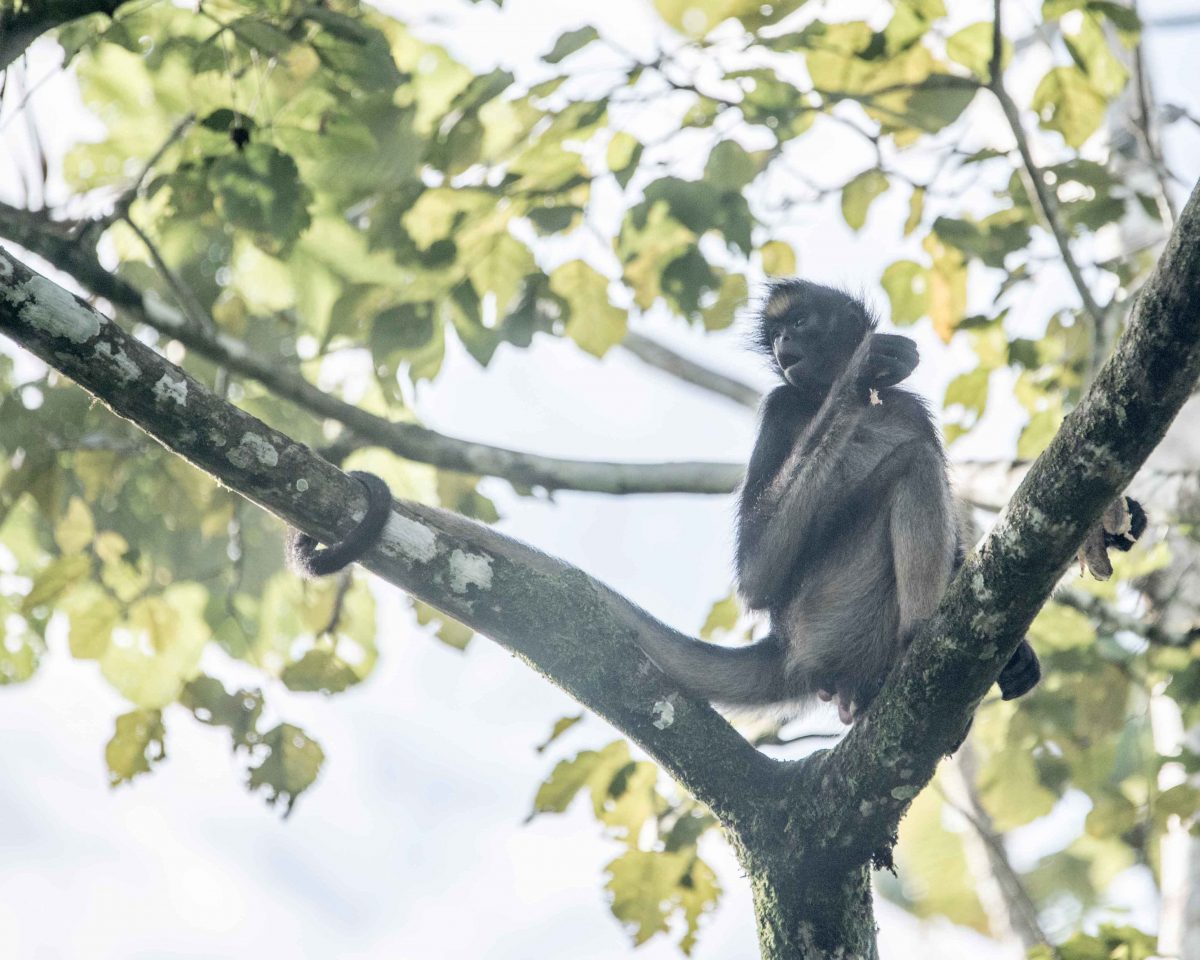

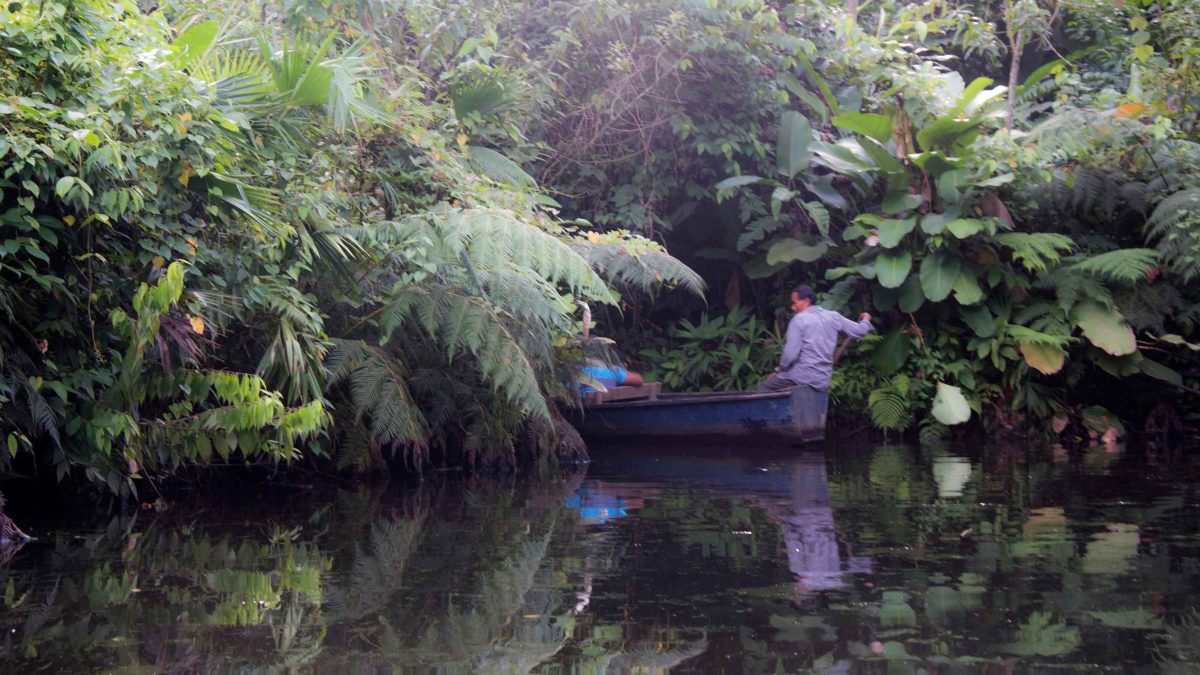
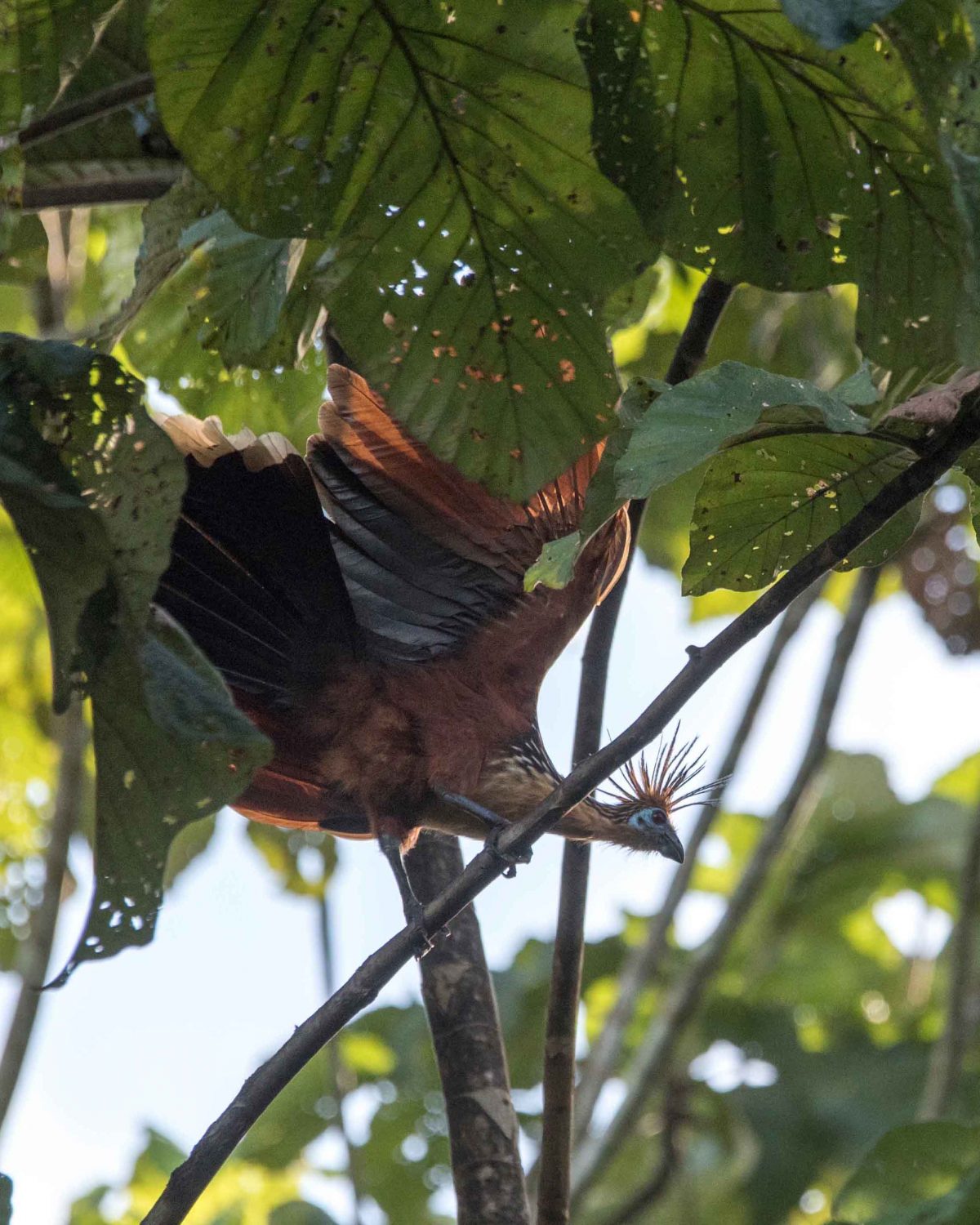
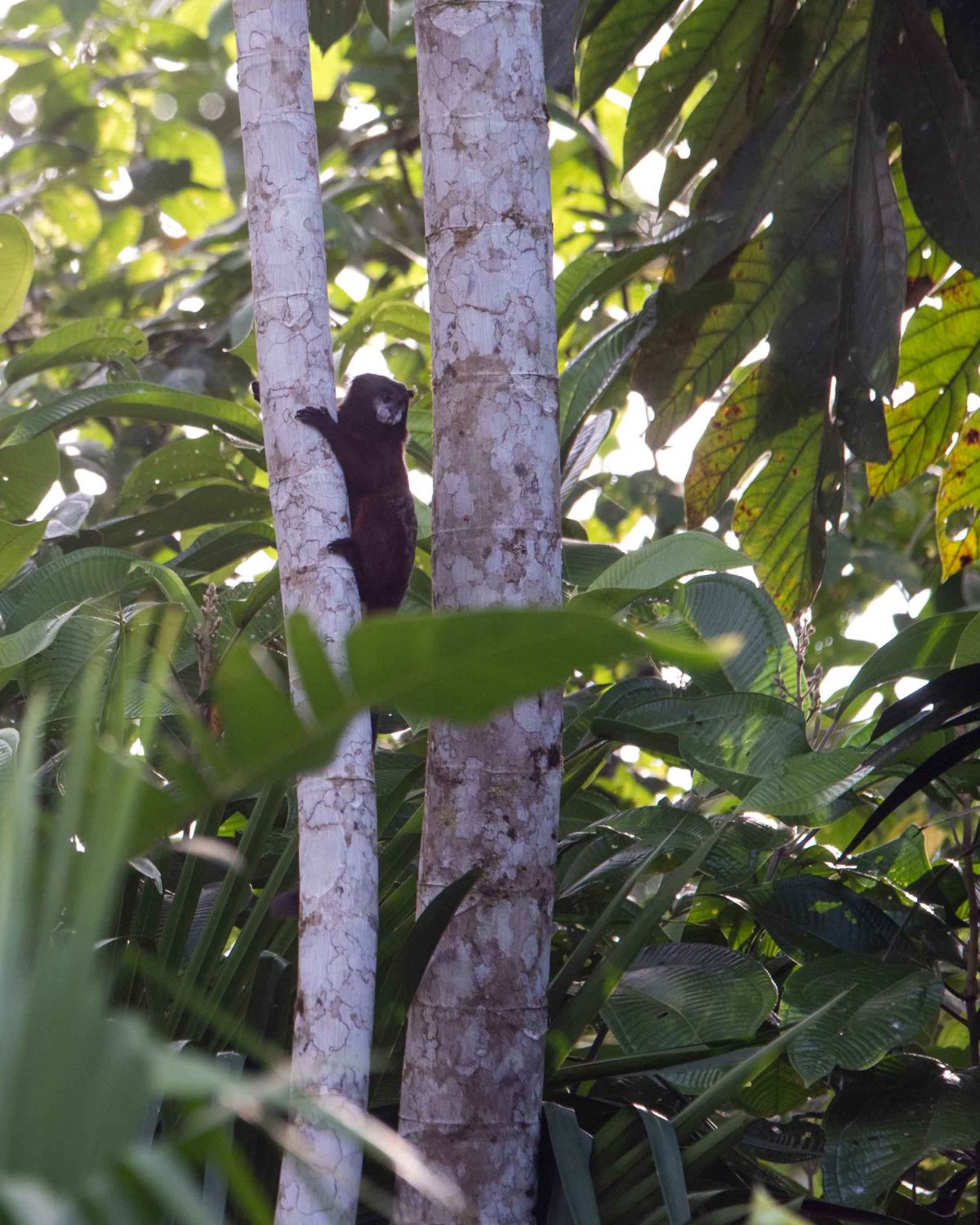
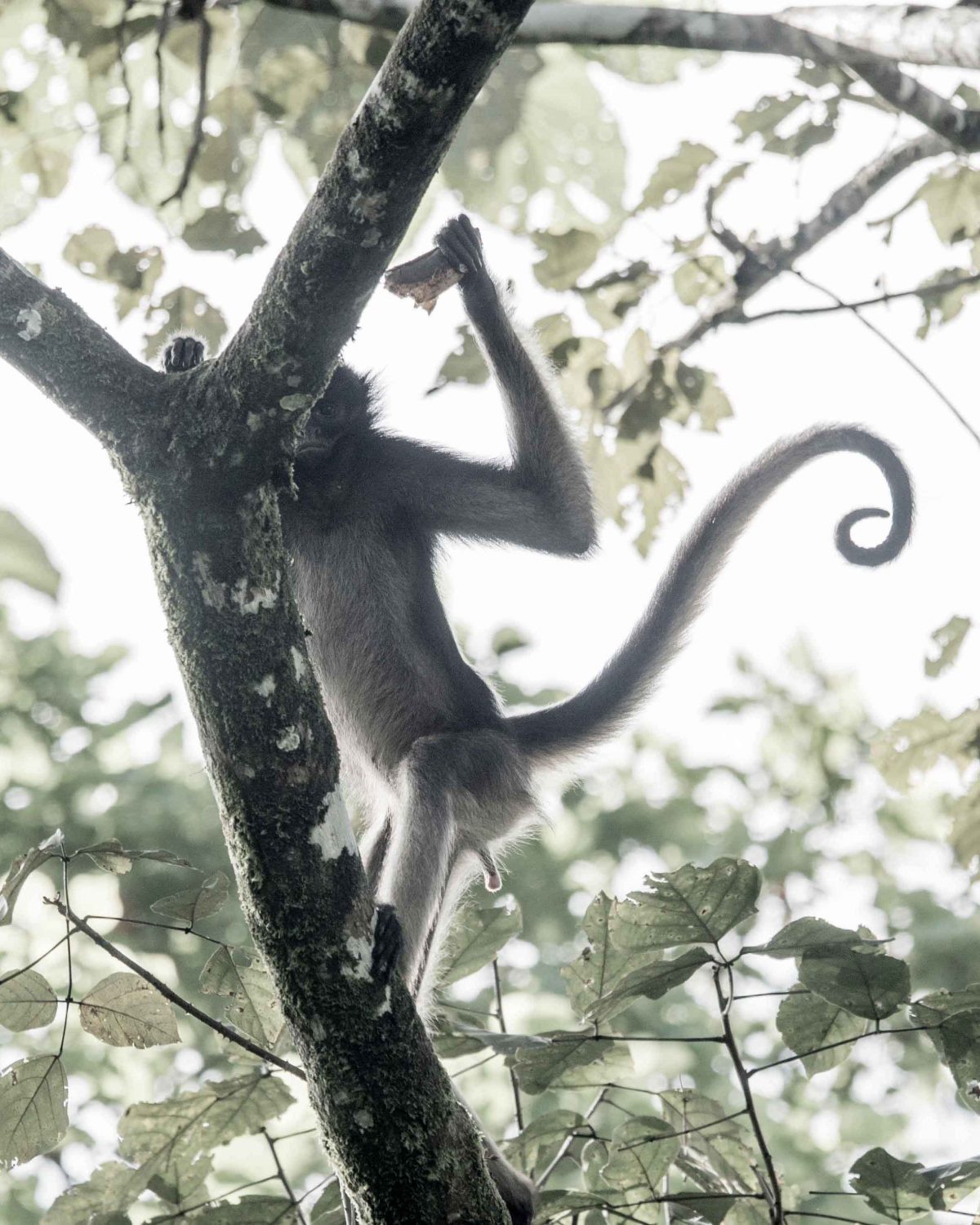











0 Comments